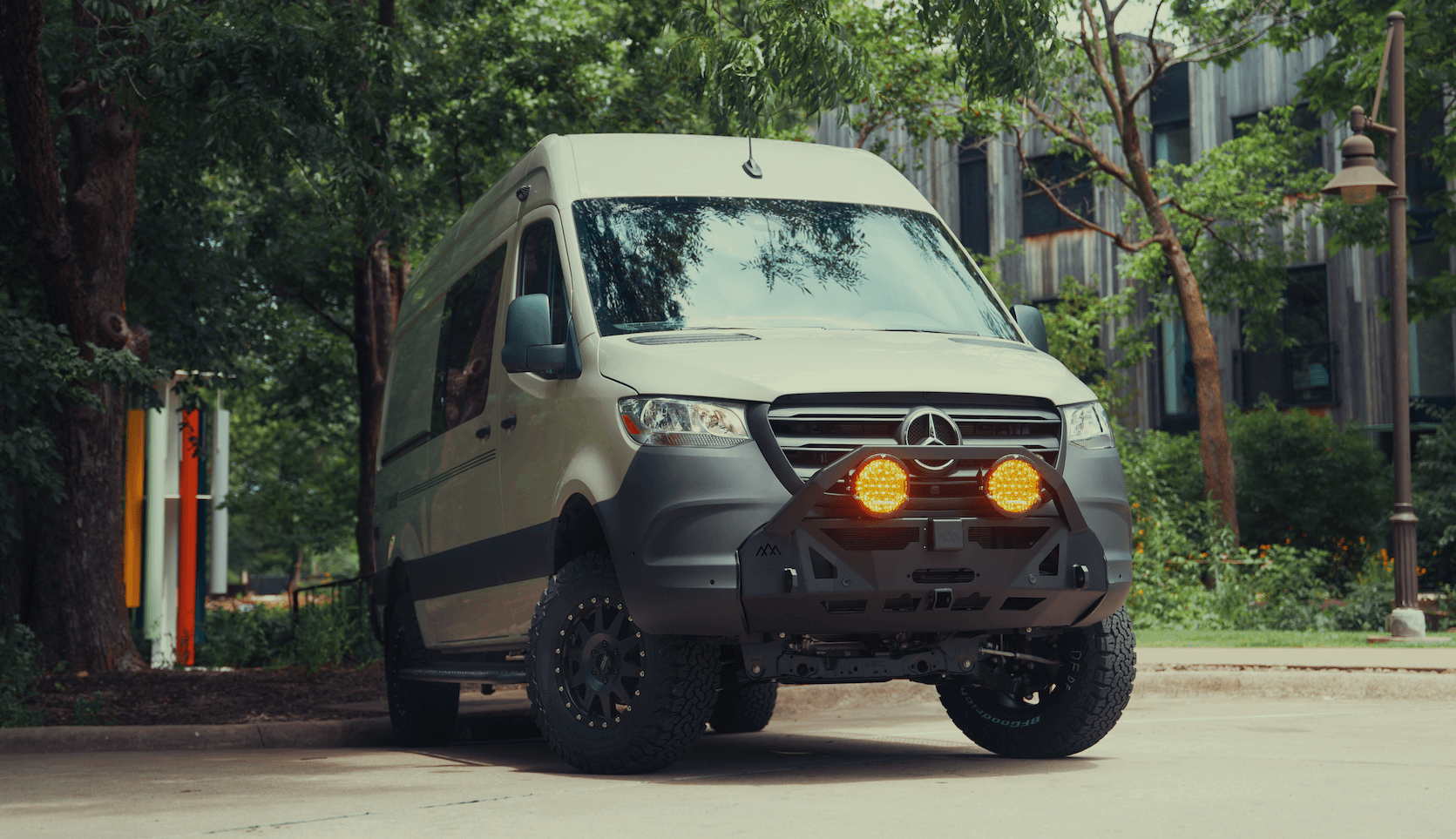Recreational Vans

A portable diesel tank for heater duty does two jobs at once. It stores clean fuel and it feeds a measured supply to the heater pump without starving the system. Picking the right container starts with honest math. A common small air heater sips roughly 0.05 to 0.2 liters per hour depending on heat output. From there, size the tank to your longest expected stretch without refueling plus a safety margin.
Capacity planning
Material choices
Shape and footprint
Whatever you choose, verify the cap seals well and that the spout or outlet can accept a secure fuel pickup. A sloppy cap or improvised lid invites air ingress and odor in the cabin.
A portable tank belongs in a ventilated zone away from sparks and open flame. Many builders place the tank in an exterior box, a sealed rear corner cabinet with a floor vent, or a driver side compartment with a louver. Securement matters. Use ratchet straps, cam straps, or dedicated brackets so the tank cannot tip or chafe against sharp edges. Keep the cap accessible for clean refills and leave space to remove the tank without pulling the heater apart.
Use diesel rated hose in the proper inner diameter for your heater. A snug fit on barbed fittings plus quality fuel injection clamps prevents air bubbles and leaks. Add a small inline filter before the pump to catch debris. If your tank lacks a dedicated pickup, a bulkhead fitting with a draw tube cut a few millimeters off the bottom helps avoid sediment. Route the hose along protected runs with abrasion sleeve where it passes through panels.
Before first fire, prime the line to the pump to remove air. Some heaters can prime through the controller, while others need a manual squeeze bulb placed temporarily in line. Once running, listen for the pump tick and confirm the flame stabilizes without sputter. If the exhaust smokes or the heater stalls, recheck for air leaks, kinks, or a weak power supply. A short uphill loop near the pump can help trap air away from the combustion chamber.
Diesel is less volatile than gasoline, yet it still demands respect. Use containers that meet relevant standards for transport and storage in your region. Keep refills clean, and wipe the spout before opening the cap to avoid introducing grit.
Venting and odor control
Electrical and exhaust clearance
Cold weather care
Fuel quality drives reliability. Stick to fresh diesel from high turnover stations when possible. If storage stretches beyond a couple of months, a diesel stabilizer can help maintain cetane and deter microbial growth. A dark slimy film in filters signals contamination and calls for a tank clean and line flush.
Most small metering pumps push best rather than pull. Keep the suction side short and avoid steep vertical climbs from the tank to the pump. Mount the pump near the same height as the pickup to reduce the chance of air pockets. Gentle downhill runs after the pump help the heater maintain a steady fuel column.
If you plan to remove the tank for refills or for storage, install quality quick disconnects rated for diesel. Place them where you can reach easily and label the flow direction. Cap both sides when disconnected to keep dust out of the system. A small drip tray or absorbent mat in the storage bay adds a layer of protection.
Treat the fuel path like a brake line. It needs periodic eyes on every inch. Look for rub points, loose clamps, cracking hose, and weeping fittings. Replace the inline filter at regular intervals or anytime you see restriction. Once a season, unmount the tank to wipe it down, check the cap seal, and review strap integrity.
A portable diesel tank for heater use offers flexibility. You can carry it to a pump, stow it during summer, or swap sizes for different trips. Some owners tie the heater into a vehicle fuel tank via a dedicated pickup, but a portable tank reduces plumbing complexity and keeps heater fuel separate from the powertrain.
External boxes and underfloor pods
Level monitoring
Noise and vibration
When built thoughtfully, a portable diesel tank system can deliver quiet heat with minimal smell and little fuss. The key is clean fuel, ventilated placement, proper hose and fittings, and ongoing inspection.
If you want the warmth without the trial and error, a professional installation can integrate the heater, fuel system, power, and controls into a cohesive package. That approach preserves storage space, prevents leaks, and keeps serviceability front and center.
Explore our Recreational van builds here: Recreational van builds. For ground up solutions tailored to your travel style, see Custom van builds. If you prefer a finance ready base platform with a curated package, view Mainstream vans.
At OZK Customs, we design and install complete heater systems with portable or dedicated fuel supply, smart mounting, and clean electrical integration. We listen first and build second, so your cabin warms quickly and runs efficiently on winter mornings. Bring us your platform and your climate goals, and we will map the right path that balances runtime, safety, and service access without stealing storage.
Ready for a heated rig that just works? Share a few details and our team will translate your needs into a clear build plan with timelines and pricing. Your next cold night deserves quiet, dependable heat and a system you do not have to babysit.
Ready to keep your cabin warm without worry? Tell us about your platform and cold weather goals, and our team will design and install a heater and fuel system that runs clean, quiet, and efficient. Submit the form to start your custom build roadmap today.
ADDRESS:
6159 E Huntsville Rd, Fayetteville, AR 72701
PHONE:
(479) 326-9200
EMAIL:
info@ozkvans.com